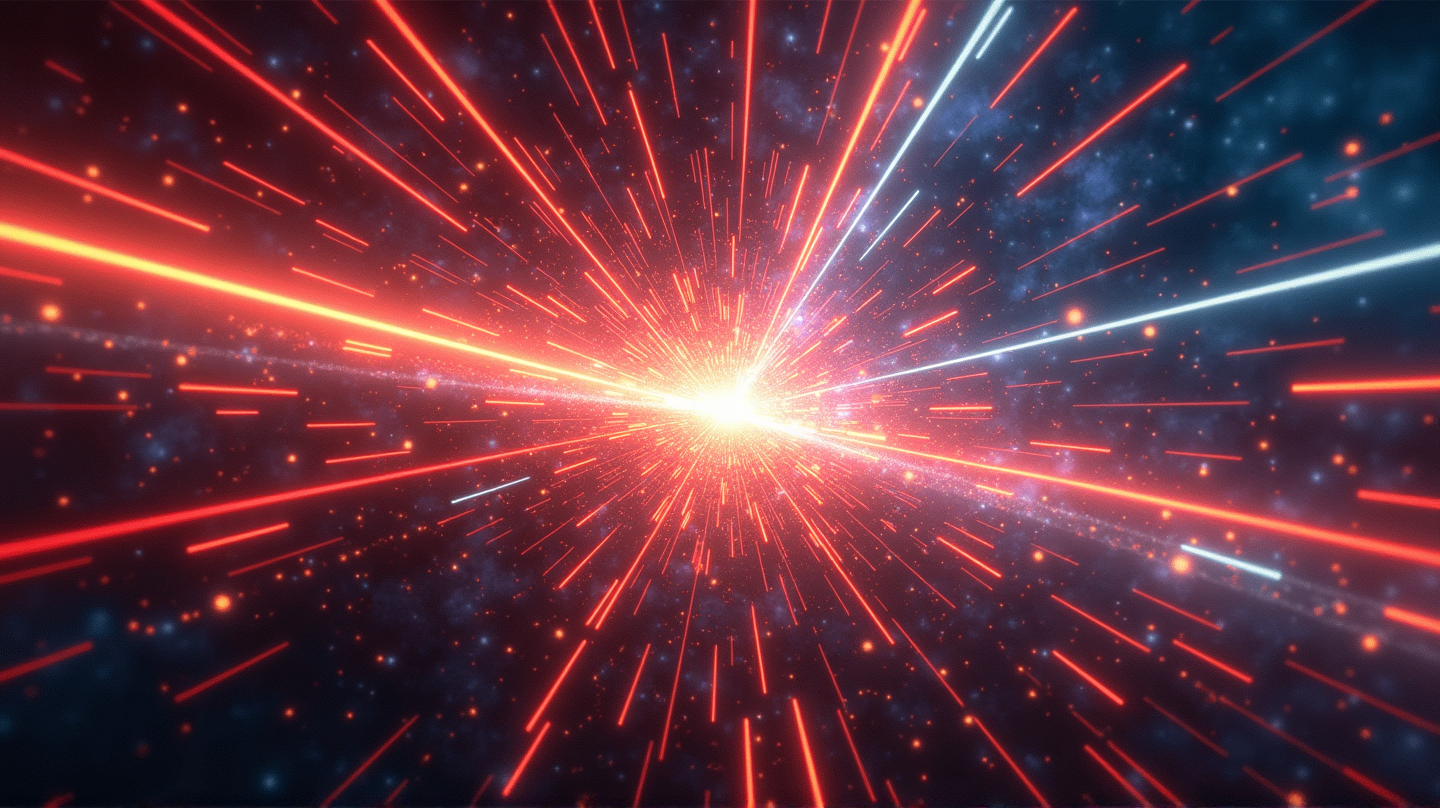Mystery Solved: The Cosmic Shockwave That Unlocked Ion Speeding Secrets
Scientists recreate cosmic shockwaves in labs, unraveling the enigma of initial ion acceleration in particle accelerators with laser technologies.

In an astonishing scientific breakthrough, researchers at the University of Science and Technology of China have recreated a cosmic event in a laboratory setting, unraveling a mystery that has intrigued scientists for decades. By simulating space-like conditions using high-powered lasers, scientists have successfully recreated the acceleration process of ions in collisionless shocks, a crucial mechanism behind the birth of high-energy particles in the universe.
Unveiling the Cosmic Dance of Ions
This groundbreaking research leveraged the Shenguang-II laser facility, where scientists generated a magnetized ambient plasma and accelerated a fast-moving “piston” of plasma into it. This setup simulated the extreme environments associated with cosmic phenomena, effectively producing a supercritical shock akin to those found near Earth. With cutting-edge diagnostic tools, the researchers captured high-speed ion beams, confirming that shock drift acceleration, rather than shock surfing, was the primary driver of the observed energy boosts.
Bridging Laboratory and Cosmos
Collisionless shocks are critical to understanding how particles gain initial speed in nature. Though previously elusive, this new insight enables scientists to draw precise parallels between laboratory simulations and real cosmic events, such as those observed in cosmic rays and supernova remnants. According to SciTechDaily, this breakthrough settles a long-standing debate and paves the way for future research in both space science and fusion energy.
Implications Beyond the Stars
By definitively ruling out shock surfing acceleration, the study confirms that shock drift acceleration is the key mechanism for initial ion injection into the acceleration process. Such discoveries enhance our understanding and modeling of cosmic ray origins and supernova explosions. Furthermore, the study’s methodology offers new ground for developing advanced ion accelerators with improved beam quality. It also holds potential for refining inertial confinement fusion techniques by mitigating shock-induced instabilities.
The Future of Universal Accelerators
This research signifies the powerful synergy between laboratory experiments and cosmic exploration, marking a significant leap forward in decoding high-energy astrophysical processes. As stated in the study, refining these experimental techniques will lead humanity closer to unraveling the secrets of the universe’s most powerful accelerators, while proving laboratory ingenuity as an invaluable ally in probing the cosmos’s deepest mysteries.
In sum, by recreating and understanding this cosmic shockwave in the lab, we not only solve a 40-year-old mystery but also open new horizons in both our terrestrial labs and the vast expanse of space beyond.

